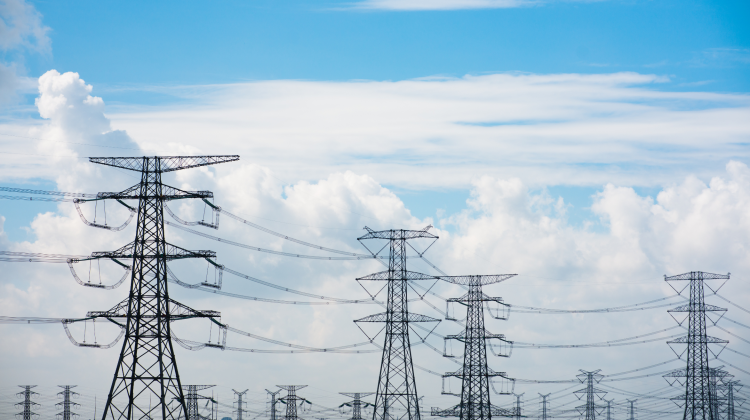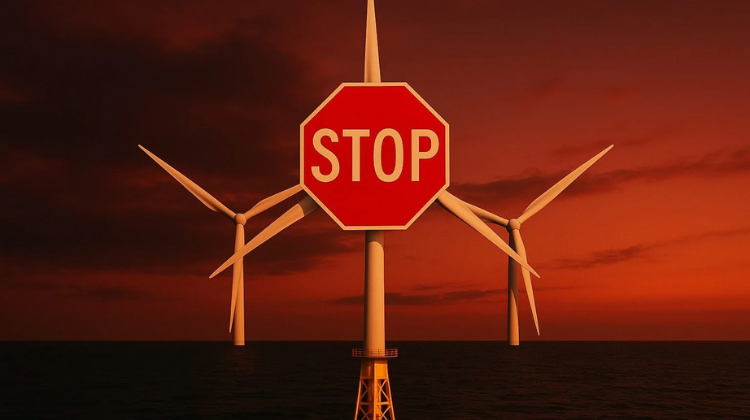The publication of the new firm capacity maps confirmed the worst‑case scenario for Spain’s electricity system: the grid is practically at its limit, with 83.4% of nodes saturated and no megawatts available at key substations.
The news has landed like a bucket of cold water for industry and the renewables sector, which are already starting to abandon new demand and electrification projects.
The impact is immediate. Companies that were planning investments received confirmation within hours that there is no capacity available for their projects.
“Until now there was no numerical certainty about how much capacity was left, so investment planning continued. The fact that it is now published that virtually no energy can get through is a hammer blow to foreign investment,” said Carlos Martín Graña, Head of ENERGJOIN, speaking to Strategic Energy Corp.
For developers, the freeze is twofold: without demand growth, the roll‑out of renewables will also be affected, pushing PPA prices down — especially solar — and making new installations less attractive.
“With lower demand and more renewables, the price will be lower and therefore less attractive to invest,” Graña warned.
The problem is not new, but the challenge is urgent, because delays in solutions threaten the electrification of industry. Experts warn that it is essential to enable smarter use of existing infrastructure.
Alicia Carrasco, CEO of olivoENERGY and Executive Director of ENTRA Agregación y Flexibilidad, insists that flexibility must be recognised as a strategic resource: enabling dynamic connections would allow grid operators to limit consumption at times of congestion and free up capacity for flexible loads such as charging points, behind‑the‑meter storage or industrial processes.
“It is not necessary to require either a minimum voltage or an exclusive connection at the substation, as defined in type 1 connections. Nor is it necessary to require two access permits for type 0 flexible connections — one for the flexible part and one for the firm part,” she explained.
According to Carrasco, the regulatory framework should enable new types of access that allow for dynamic use of the grid: fully flexible access, with the possibility of limiting consumption in the event of congestion, and conditional access for non‑essential consumers that can partially or completely modulate their demand.
This would unlock capacity in saturated areas, facilitate electrification without immediate reinforcements, offer temporary or structural solutions for flexible loads — such as charging points, behind‑the‑meter storage or industrial consumption — and avoid unnecessary investments, improving the economic and regulatory efficiency of the system.
Without these measures, reinforcements will take years to arrive and the energy transition could slow down.
The blow is even harder for independent storage. “Developing stand‑alone batteries is now impossible. It is going to be very difficult,” warned Miguel Marroquín, Managing Director at Our New Energy, who pointed out that the only alternative would be to recalculate capacity and implement flexible demand schemes to free up connection points.
The underlying diagnosis is widely shared: if investment in transmission and distribution networks is not accelerated and access rules are not made more flexible, Spain risks stalling its energy transition precisely at the moment when it most needs to attract investment.
“This should be a clear signal that we have a very serious infrastructure problem. If we do not manage to attract demand, the whole energy transition will go down the drain,” Graña warned.






























